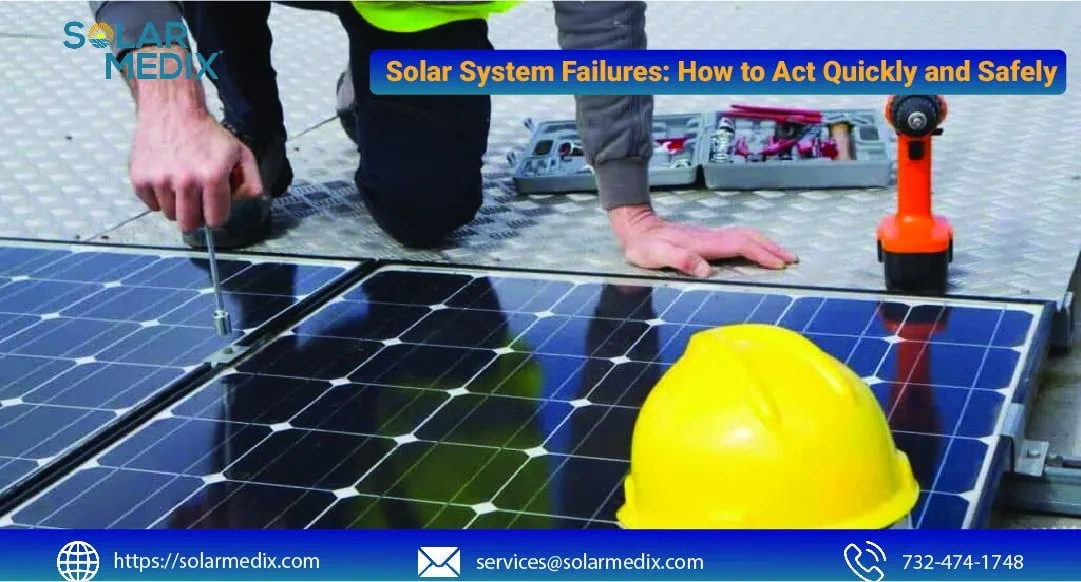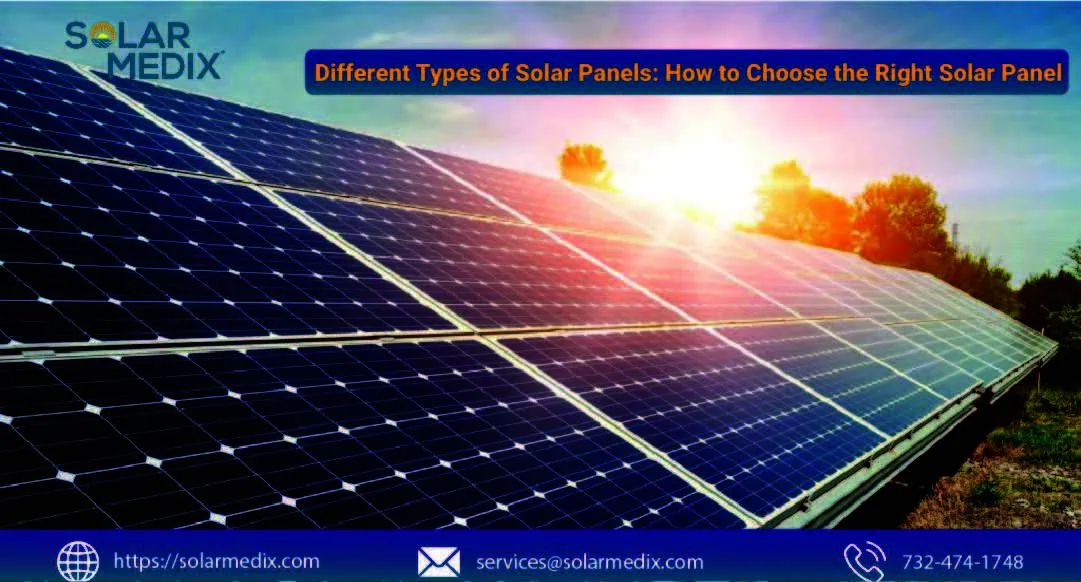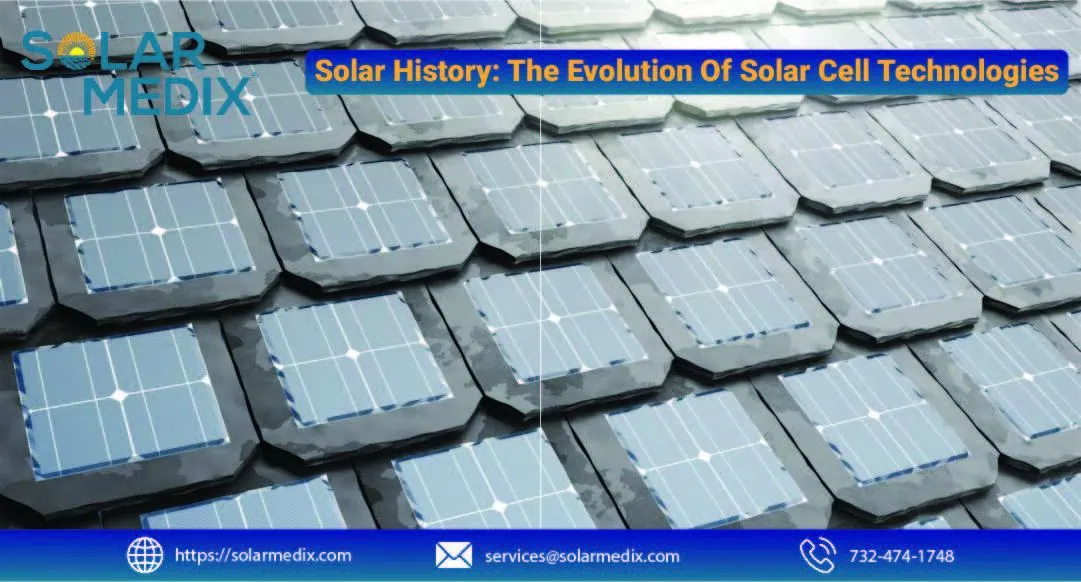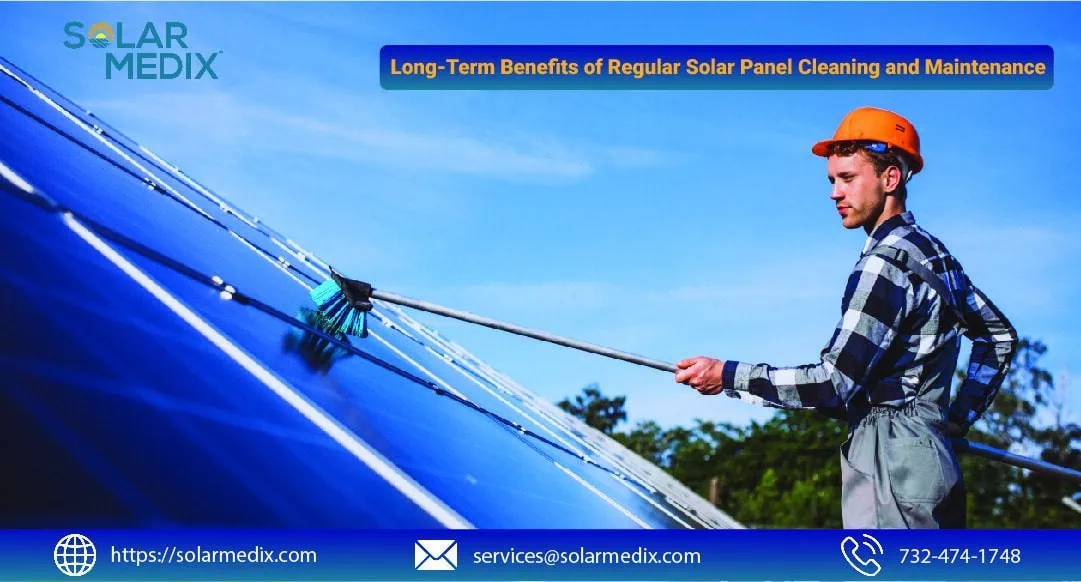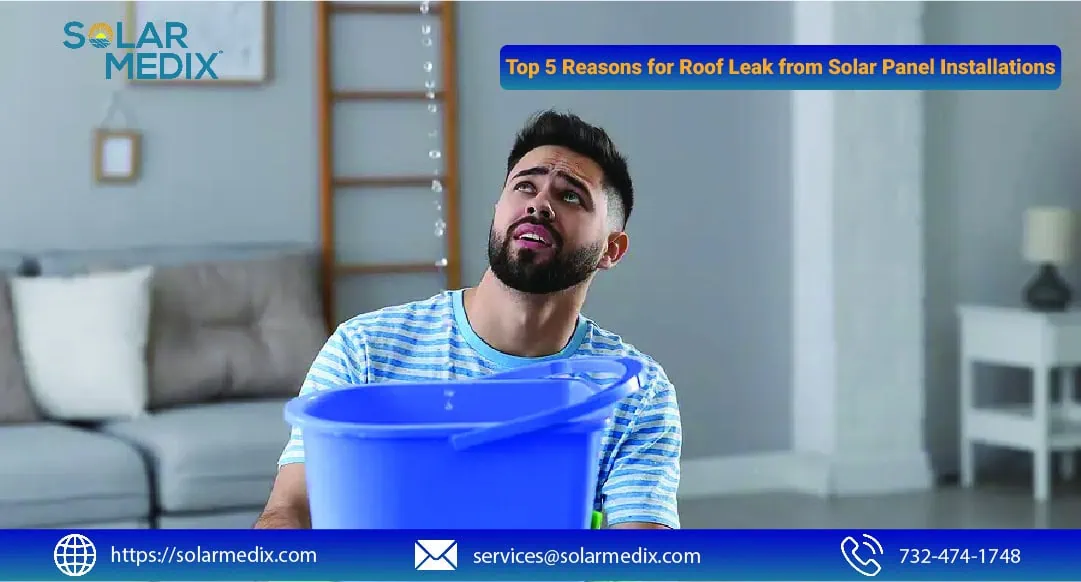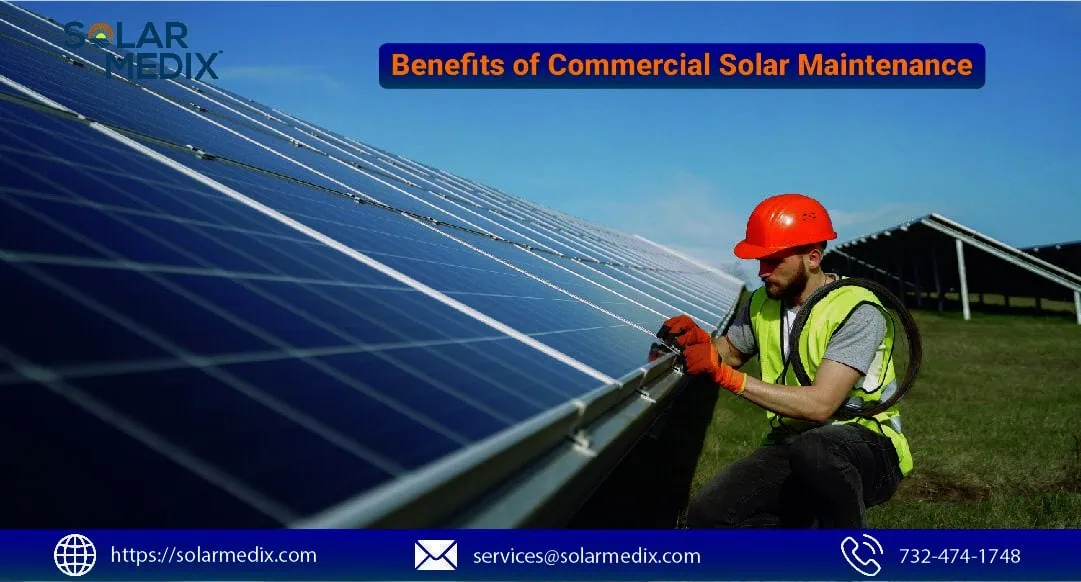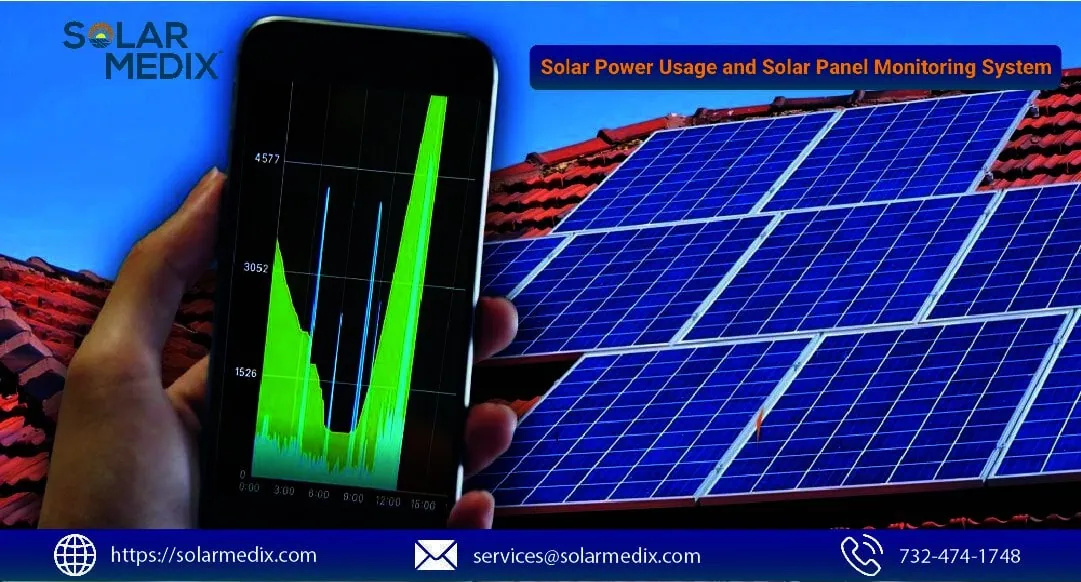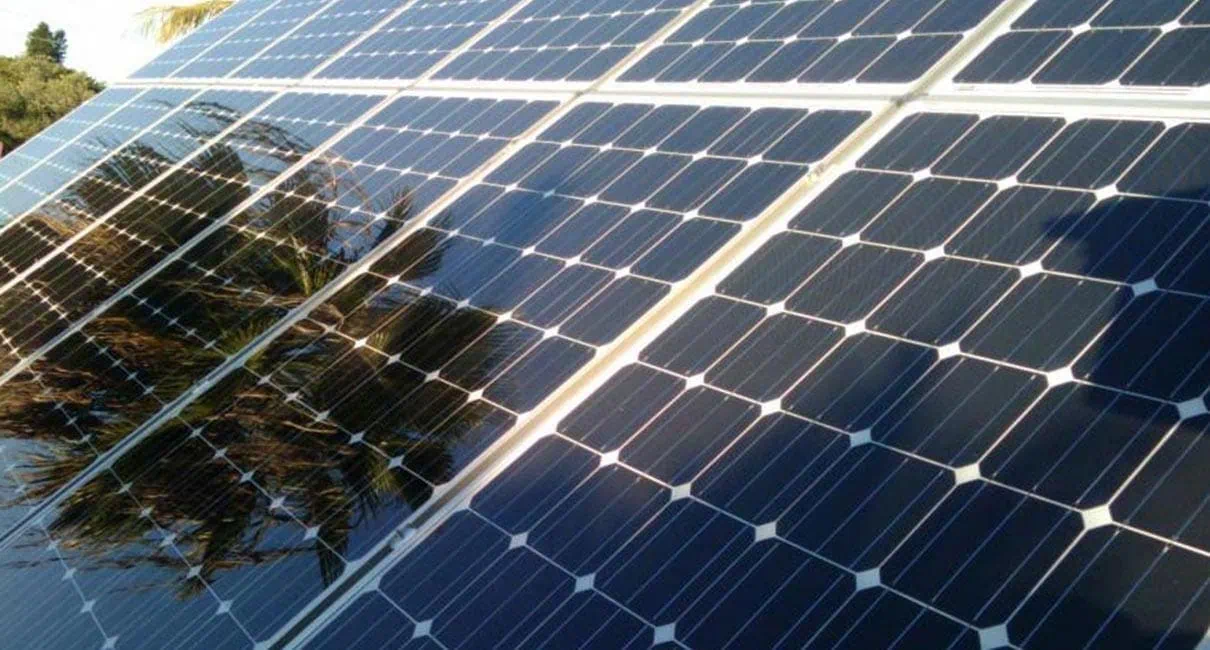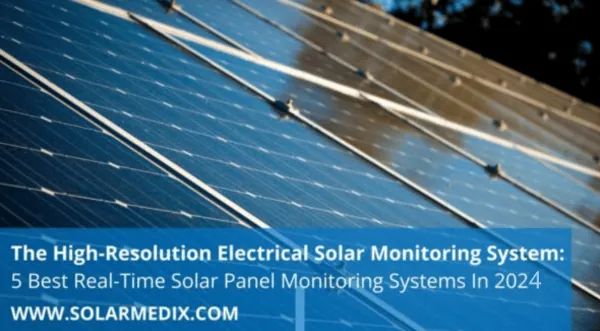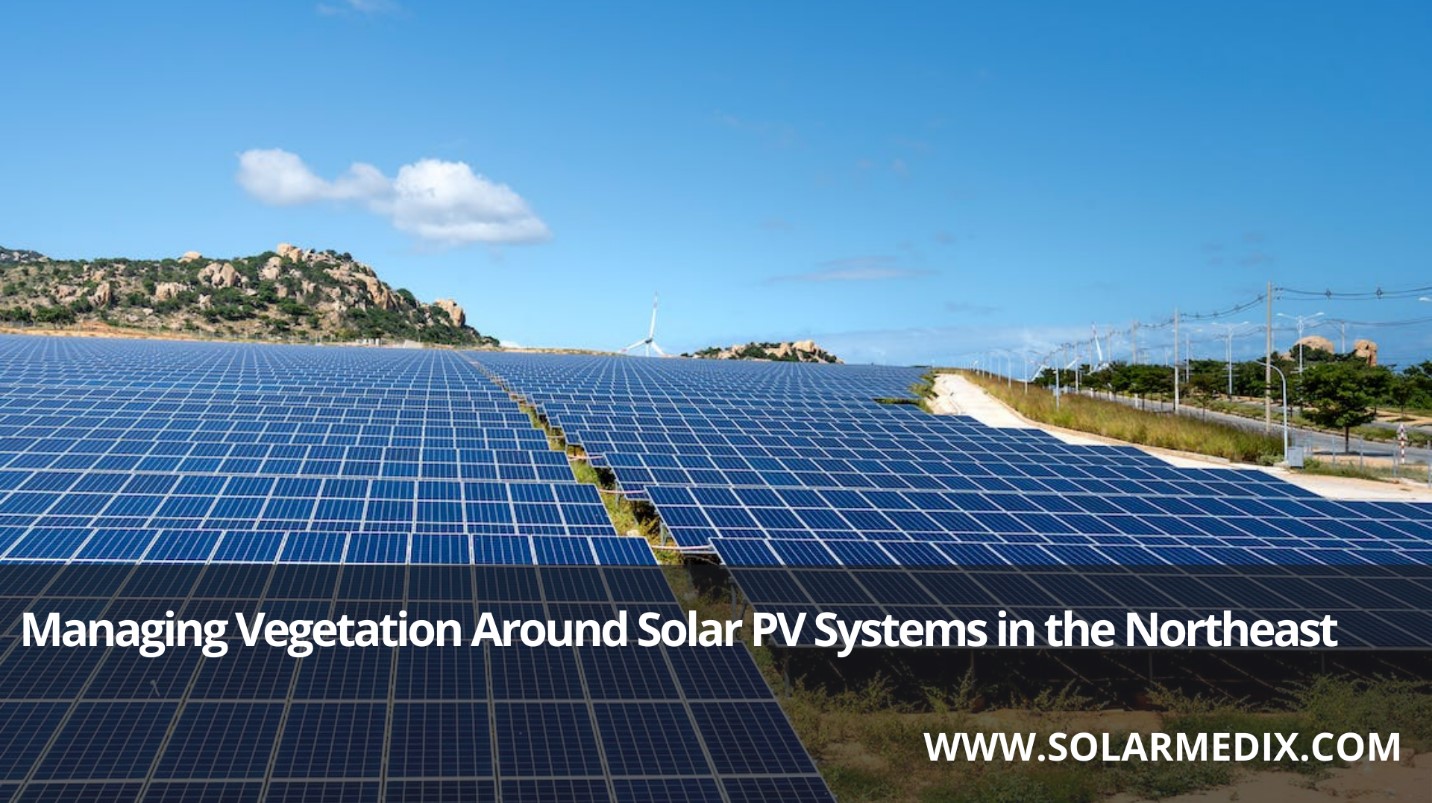Solar panels are eco-friendly, low-cost energy-producing systems that convert solar energy into heat and electricity for residential and commercial use. Although they are very durable, as we all know, with blessing comes disgust. The same is the case for solar panels, they are prone to damage as well, which can affect their efficiency and output.
But don’t worry! Solar panel repairs with the help of the right team of professionals, like Solar Medix, can provide you with the solution.
We have prepared this guide to help you understand five common solar problems and ways of troubleshooting common solar panel problems, helping you save money and time by resolving issues quickly and easily.
The Five Most Common Problems with Solar Panels
Here is the list of the five solar panel failure causes we made, using our extensive experience of over 20 years;
1. MCB/RCD Tripping
- MCB/RCD tripping is a safety mechanism that can occur as the system boots up in the morning due to sticky inverter relays.
- Excess leakage current causes RCD to trip
- Faulty appliances and extreme weather can also cause RCD tripping
- Tripping can occur if multiple devices share the same RCD, causing circuit overload
- You can try turning off multiple devices one by one to find out the cause of RCD tripping
- If you can’t find the source, contact Solar Medix technicians to help you.
2. RISO/ISO Fault Overview
- Residual Isolation Resistance (RISO) or single point (ISO) faults are mainly caused by moisture.
- It typically occurs on wet days and usually diminishes as the day gets warmer and clearer.
- Inverters can detect these issues and prevent system generation until resolution is achieved
- Only experts can identify these faults; contact Solar Medix for assistance with RSO/ISO faults.
3. Broken Solar PV Generation Meter
- Check the real-time and cumulative energy generation settings on your inverter (most have this option) and check if the solar panel is still producing electricity.
- If the system generates at the inverter, it indicates a failing generation meter.
- If the problem is simply with the generation meter, the panels should still be producing and supplying energy to your home.
- However, if you are claiming a feed-in tariff and do not have a smarter meter, you will be unable to take meter readings, which are essential to calculating your payments.
- Contact solar panel installation or maintenance technicians like Solar Medix for the repair.
4. Cracked or Broken Solar Panels
- This error rarely occurs after installation. If you suspect that your solar panel has broken, the most likely cause is impact damage.
- Solar panels from MCS-registered brands are made from tempered glass, which shatters rather than cracks, like a vehicle windscreen.
- The panel output is usually not affected by cracking.
- Check to see if your warranty covers a replacement panel.
- If you do not have enough time to save money for a replacement panel, contact Solar Medix experts for replacement assistance.
5. Solar PV Drop in Electricity Generation
- Weather conditions or environmental changes can cause a drop in electricity generation.
- Misty mornings and thick clouds can affect the power generation of east-facing panels.
- Sunnier years can also affect the electricity generated by solar panels.
- Secondary causes include dirt accumulation on panels, shading from trees, or issues with connections or components behind panels. Unfavorable weather conditions are unavoidable.
- If you suspect a drop in solar output, inspect panels and surroundings carefully for potential shade issues.
Solar Panel Troubleshooting
Are you afraid of repairing your solar panel on your own? Here are some simple actions you can take to troubleshoot solar panel problems;
1. Check Breaker Switch
- Check fused breaker switches that can cause most solar panel issues
- Overloads, surges, or malfunctions can trip the switch, preventing electricity generation and delivery.
2. Checking RCDs and MCBs
- Ensure that all switches are in the right position
- RCDs will trip to mid-position
- Push all the buttons down before repositioning
3. Solar Panel Shading Impact
- Direct sunlight is required for panel performance.
- Obstructions include trees, buildings, adjacent panels, dirt, debris, and animal droppings.
4. Check Solar Inverter in PV Systems
- Inverters Convert DC power into AC power.
- A loose or unconnected inverter can cause zero power output.
- Check for green, yellow, red, or flashing lights.
- Green indicates a good inverter; other colors indicate a problem.
- Consult a solar technician for troubleshooting.
5. Solar Meter Check
- It collects energy generation history
- It also provides insights into panel performance
- Decreased energy over time indicates system issues
- Compares past and current data for anomaly detection
Conclusion
Maintaining the efficiency and functionality of solar panels is crucial for maximizing energy production and minimizing costs. By addressing the common issues mentioned above, you can ensure that your solar system continues to operate at its full potential.
Always seek professional assistance to resolve solar system issues effectively. Don’t hesitate to reach out to Solar Medix, as our team of experts is dedicated to providing swift and reliable solutions to solar installation problems, even if we didn’t install your system.
- Cover the solar array with an opaque sheet to "switch off" the sun's rays.
- Lockout/tagout and de-energize AC and DC power supplies to ensure safety.
- Always de-energize circuits before working on them.
STC is an industry-wide standard for indicating PV module performance. It defines a cell temperature of 25°C, an irradiance of 1000 W/m2, and an air mass 1.5 (AM1.5) spectrum.
A solar panel with a 20% efficiency converts 20% of sunlight into useful electricity. While most commercial solar panels have an efficiency of less than 23%,
The solar panel failure rate is about 0.05%, which can slightly vary depending on the climate and conditions.
